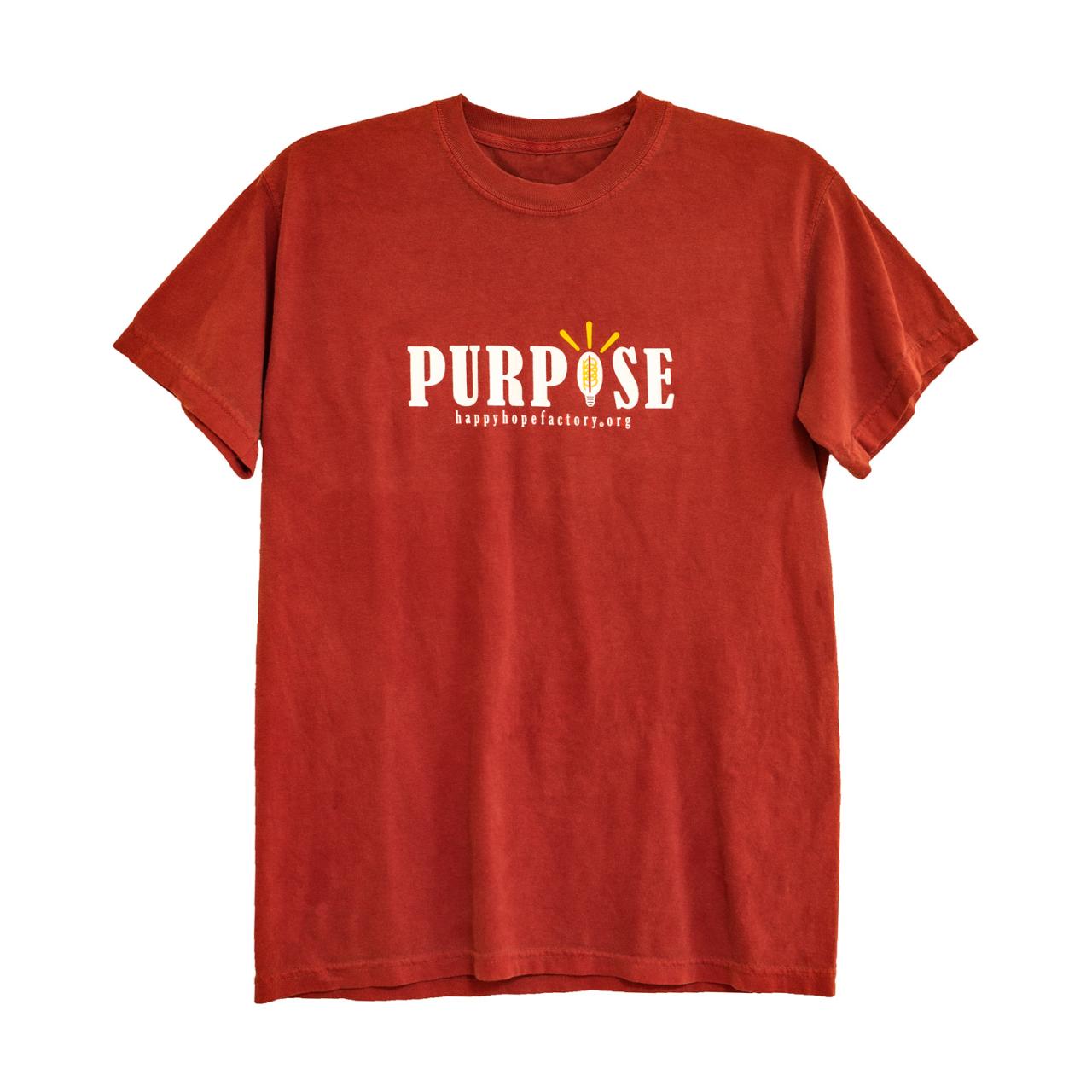
The Multifaceted Purpose of a Shirt
A shirt, a ubiquitous wardrobe staple, transcends its primary function of covering the torso and has evolved into a versatile garment that serves a myriad of purposes. From practical considerations to aesthetic expressions and cultural significance, the shirt has become an integral part of human attire.
Practicality and Comfort
At its core, a shirt provides practical protection from the elements. It shields the body from the sun’s harmful UV rays, insulates against cold temperatures, and absorbs moisture, keeping the wearer comfortable in various weather conditions. Shirts come in a wide range of materials, each with unique properties suited to specific climates and activities.
For instance, cotton shirts are breathable and absorbent, making them ideal for warm weather. Wool shirts offer excellent insulation, keeping the wearer warm in cold environments. Synthetic materials like polyester and nylon are moisture-wicking and quick-drying, making them suitable for athletic pursuits.
Personalization and Self-Expression
Beyond its practical purpose, a shirt has become a canvas for personal expression. It allows individuals to showcase their unique style, tastes, and personality. The vast array of designs, colors, patterns, and embellishments available empowers wearers to create their own distinctive looks.
Shirts can reflect one’s mood, interests, or affiliations. For example, a person might wear a band t-shirt to express their love of music, a graphic tee with a humorous slogan to convey their sense of humor, or a formal dress shirt to project professionalism.
Cultural Significance and Symbolism
Shirts have also taken on cultural and symbolic meanings in different societies. In many cultures, certain types of shirts are associated with specific social roles or occasions. For instance, in Western culture, a white dress shirt is often worn for formal events, while a polo shirt is considered casual attire.
In some indigenous cultures, shirts are adorned with intricate patterns, colors, and symbols that hold deep cultural significance. They may represent a person’s clan, status, or connection to the spirit world.
Functionality and Versatility
The versatility of shirts extends beyond their aesthetic appeal. They can serve a range of functional purposes depending on the design and features.
-
Pockets: Shirts often feature pockets, providing convenient storage for small items like keys, phones, or wallets.
-
Collars: Collars vary in style and shape, adding visual interest and providing additional functionality. A button-down collar can be worn open or closed, while a mandarin collar offers a sleek, minimalist look.
-
Cuffs: Cuffs can be simple or elaborate, adding a touch of sophistication or whimsy to the shirt. They may feature buttons, links, or French cuffs, which require cufflinks to secure.
-
Buttoning and Closure: Shirts can be fastened with buttons, snaps, zippers, or other closures. The type of closure influences the shirt’s overall aesthetic and ease of use.
Social and Occupational Significance
Shirts also play a significant role in social and occupational settings. In many workplaces, shirts are part of a prescribed dress code that conveys professionalism and adherence to company culture. They may also indicate a person’s rank or position within an organization.
In social situations, shirts can convey formality or informality, depending on the occasion and context. A button-down shirt and tie may be appropriate for a job interview or a formal dinner, while a casual t-shirt is suitable for relaxed social gatherings.
FAQ on the Purpose of a Shirt
1. What is the most important function of a shirt?
The primary function of a shirt is to provide practical protection from the elements, including the sun, cold, and moisture.
2. How can shirts be used for self-expression?
Shirts allow individuals to express their unique style, tastes, and personality through a wide range of designs, colors, patterns, and embellishments.
3. What are some examples of cultural significance associated with shirts?
In many cultures, certain types of shirts are associated with specific social roles or occasions. For instance, a white dress shirt is often worn for formal events in Western culture.
4. Which materials are commonly used in shirts?
Shirts are made from a variety of materials, including cotton, wool, polyester, nylon, and silk. Each material has unique properties suited to specific climates and activities.
5. What are some common features and functions of shirts?
Shirts often feature pockets for storage, collars for added warmth and style, and cuffs that can be buttoned or linked.
6. How do shirts contribute to social and occupational settings?
Shirts can convey professionalism and adherence to company culture in workplaces. They can also indicate a person’s rank or position within an organization and serve as indicators of formality or informality in social situations.
7. What are some innovative uses for shirts?
Shirts can be repurposed into various items, such as pillowcases, tote bags, or even curtains, demonstrating their versatility beyond their primary function.
8. How should shirts be cared for to maintain their quality?
Proper care is essential to preserve the quality of shirts. This includes following the garment care instructions, washing and ironing them appropriately, and storing them properly.
9. What are some current shirt trends?
Shirt trends evolve continuously, but some recent popular styles include oversized fits, bold patterns, and sustainable materials.
10. How can I find shirts that fit my body type?
Finding shirts that fit well requires knowing your body measurements and considering the cut and style of the shirt. Experiment with different fits and consult with a tailor for alterations if necessary.






